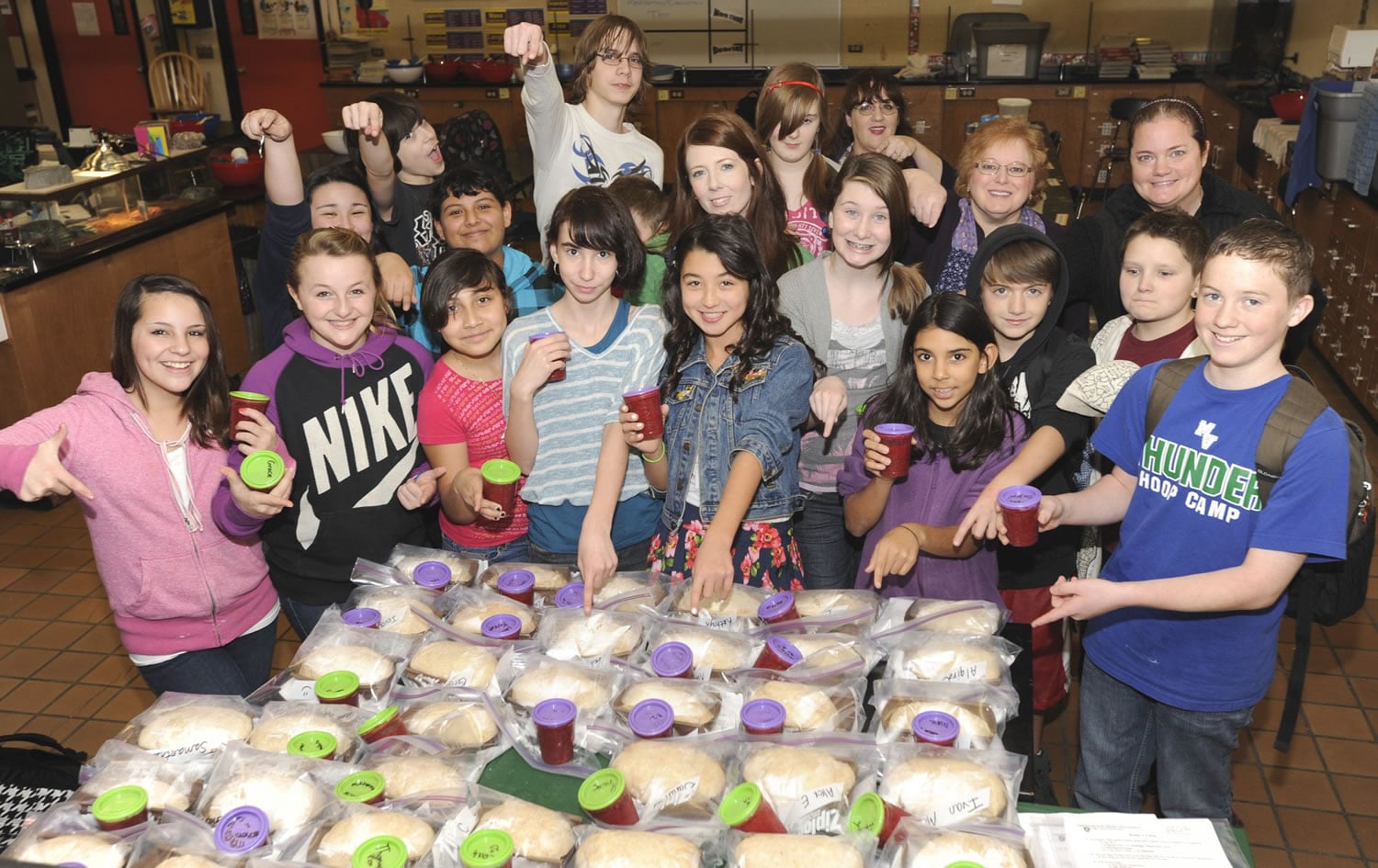1 cup white flour
1 1/4 teaspoons ( 1/2 package) of rapid-rise yeast
2 tablespoons sugar
2/3 cup warm water (120 degrees)
1/2 cup whole wheat flour
1/2 teaspoon salt
1 tablespoon oil
Up to 1/2 cup white flour
Spray vegetable oil
In a heavy-duty gallon plastic bag with a good closure system, mix together 1/2 cup of the white flour, yeast, sugar and water.
Zip the bag. Knead and work the bag with the hands to blend the ingredients. Let the mixture rest on the table for 10 minutes.
Add to the bag: whole wheat flour, remaining 1/2 cup white flour, salt and oil.
Zip bag and knead, gradually adding 1/3 cup flour, if needed, to make dough pull away from the sides of the bag.
Turn dough out onto a lightly floured surface. Knead the dough to form a ball that is smooth and elastic — about 2 to 4 minutes. You have kneaded enough when you see small blisters form on the dough.




